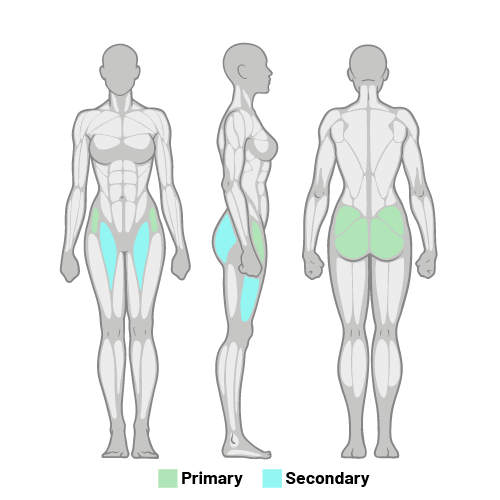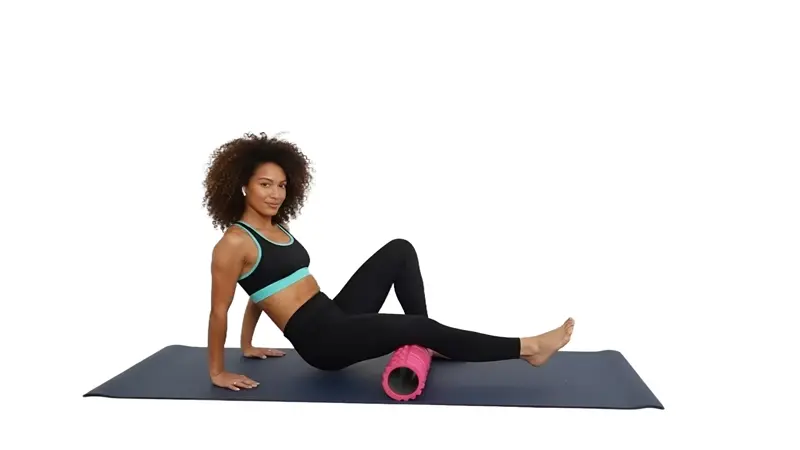The reverse clamshell targets your gluteus medius by internally rotating the hip. It’s a great exercise to improve hip mobility, reduce low back pain, and enhance overall lower body strength.
Reverse Clamshell
How To Do A Reverse Clamshell Properly

- Lie on your side with knees bent at 45 degrees and feet stacked.
- Keep your knees together as you rotate your top foot upward.
- Lower it back down slowly with control.
- Keep your hips stacked and your core lightly engaged throughout the movement.
Build Hip Stability Where It Matters Most
The reverse clamshell is a small movement with big impact. It activates the glute medius and outer hip muscles—deep stabilizers that help protect your lower back, align your knees, and keep your pelvis balanced during daily movement.
When done correctly, you’ll feel it in your outer hip and glute medius—those often-overlooked muscles that quietly power balance, gait, and joint protection. This move is low-impact, targeted, and critical for staying strong, stable, and pain-free.

Tip for success: Keep your hips stacked, your core gently engaged, and your movements slow and steady. It’s not about how high you lift—it’s about how well you control the motion.
Mistakes to avoid: Don’t roll your hips backward or swing your foot up with momentum. That takes the work away from the muscles you’re trying to activate.
Weak or underused glutes can lead to poor mechanics, painful compensation patterns, and a higher risk of injury. The reverse clamshell helps restore proper muscle firing, giving your body the support it needs to move efficiently and without strain.














